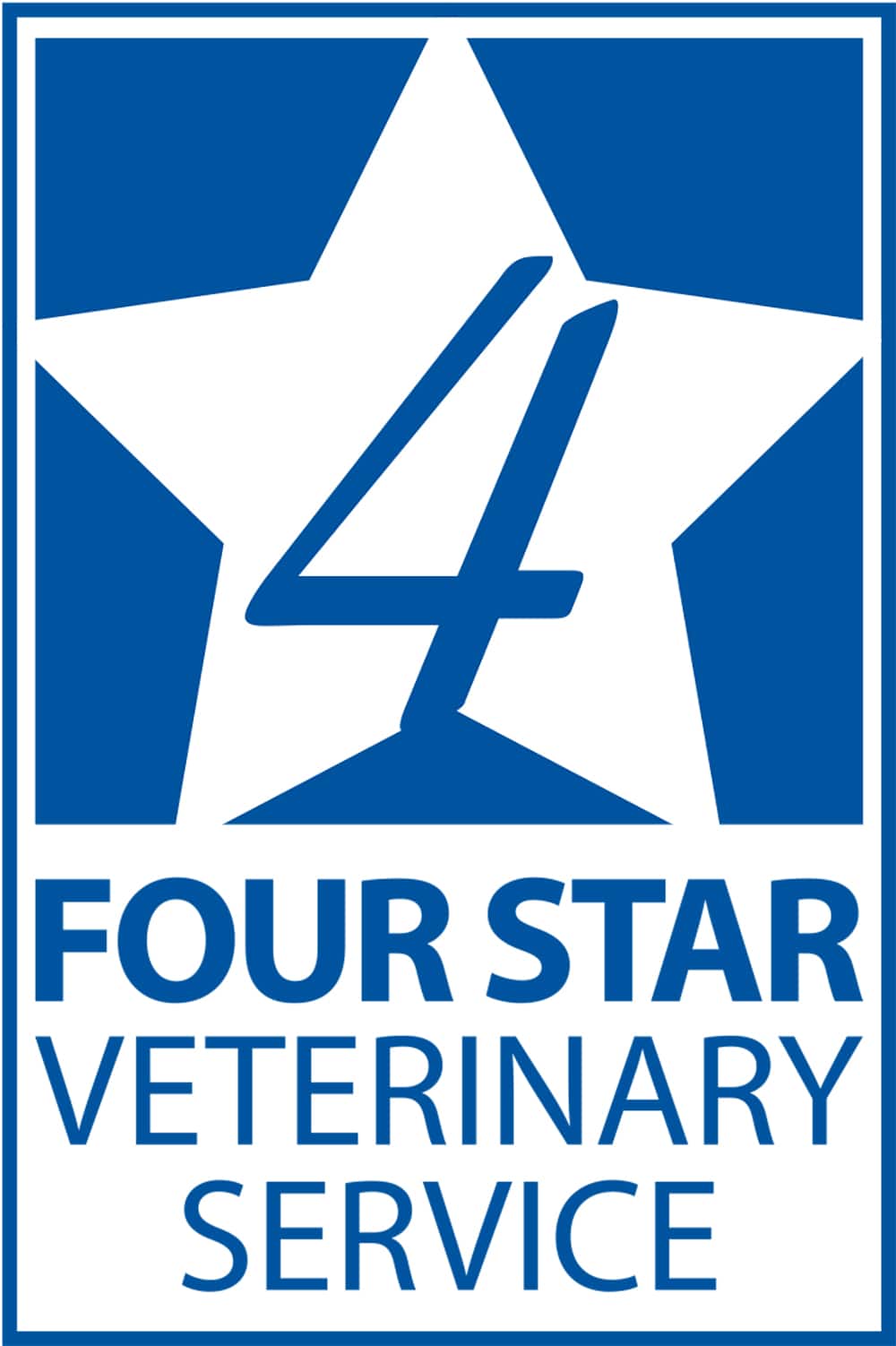The key to making show pigs enjoyable and successful is producing a pig with excellent health and nutrition, reported Brittney Scales, DVM, Four Star Veterinary Service, Mexico, Indiana.
Inadequate iron supplements lead to subclinical anemia in young pigs
A field trial evaluating iron supplementation for baby pigs found the typical 200 mg iron shot at birth is not enough, according to Brittney Scales, veterinarian for Four Star Veterinary Service in Mexico, Indiana.
